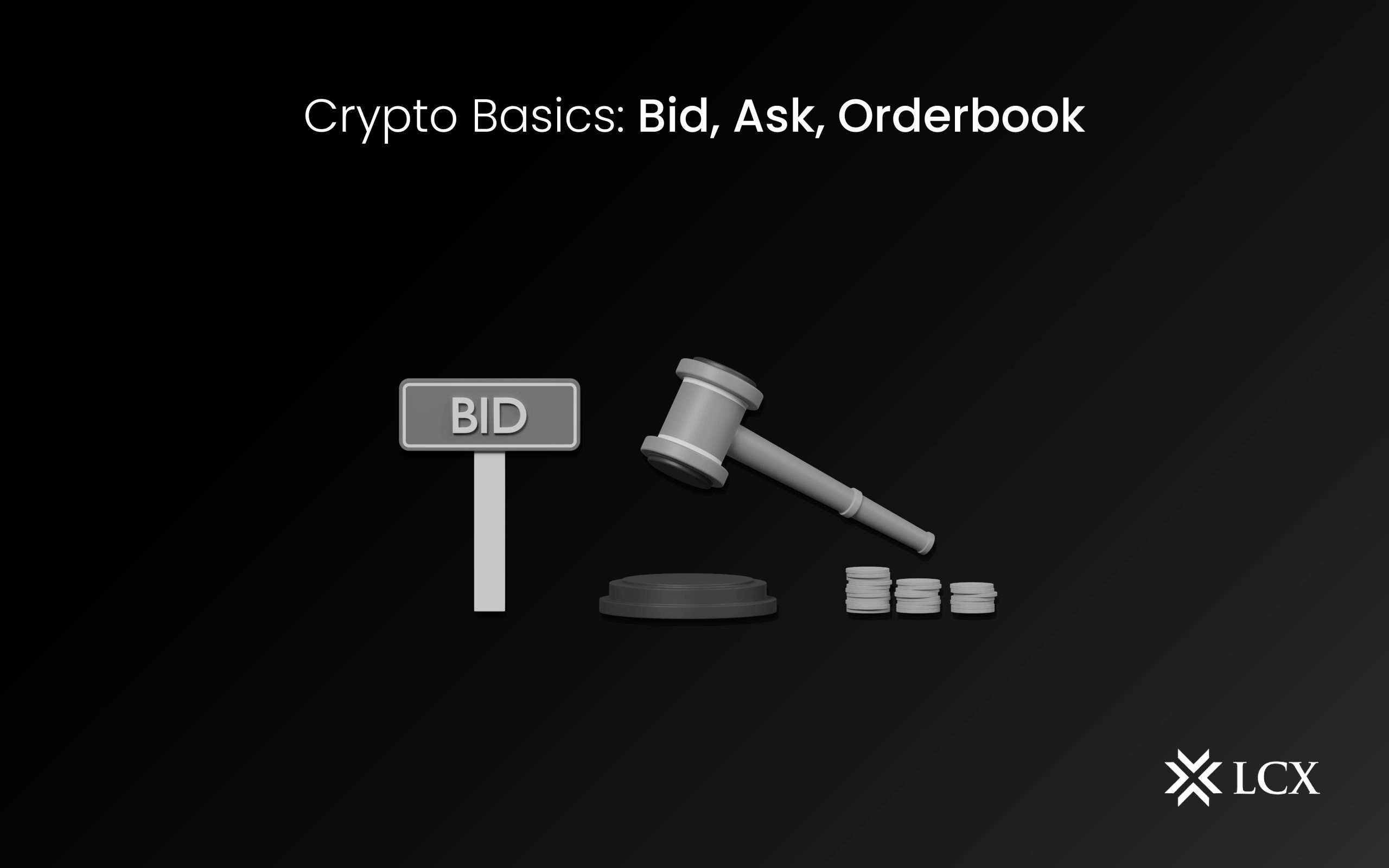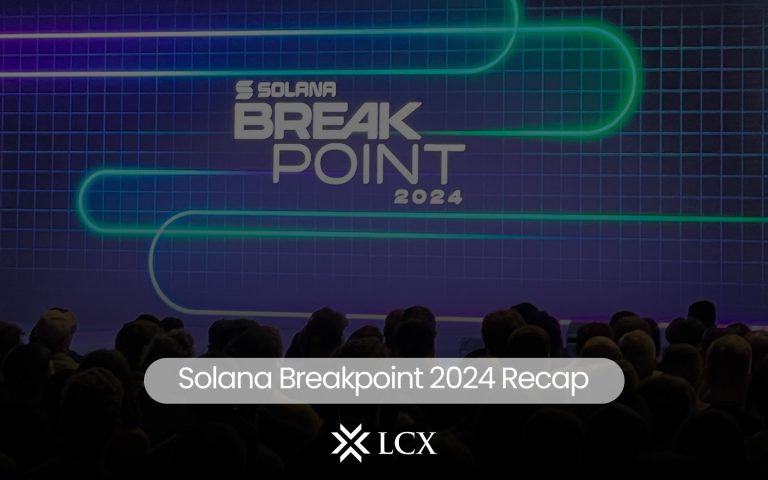Learning some basic terms will make your trading journey easier if you are new to trading, regardless of whether it is traditional or cryptocurrency trading. In the world of cryptocurrency trading, there is always a dynamic relationship between buyers and sellers displayed in something called an order book. This order book is filled by ask and bid orders. The fundamental definitions of bid and ask are essential to every trader, regardless of the asset or market they trade.
The most important concepts to understand when reading order books are bid and ask. There are two sides to the order book, the buy-side and the sell-side. If you’re unfamiliar with order books and bid-ask, this article explains it in simple terms.
What is Bid?
Bids are the prices at which someone is willing to purchase something, be it a cryptocurrency, asset, commodity, service, or security. Bids are generally lower than offers, or “ask” prices, which are the prices at which people are willing to sell. Bid-ask spreads are the differences between the two prices.
In order to facilitate the trade, the bid must match the sell order. A trade offers when your bid price matches the ask price of the seller. A buy wall is formed when there are a large number of buy orders (demand) at a specific price level.
When it comes to crypto trading, the bid price is the maximum amount that a potential buyer is willing to spend. Most quote prices as displayed by crypto exchanges are the highest bid price available for a given asset.
What is Ask?
As the name suggests, the ask is a price that sellers are willing to accept in exchange for a crypto asset, and in cryptocurrency exchanges, it is termed as Ask. Besides the price, the ask quote may also specify the quantity of the crypto asset available for sale at the stated price. It is important to remember that the bid represents the price that a buyer is willing to pay for an asset, while the ask is always higher than the bid.
What is an Orderbook?
An order book is an organized listing of active buy and sell orders for an asset on a trading platform, such as a cryptocurrency exchange. There are usually sections arranged according to price, but they may also be divided into different categories, which include “sell and buy” or “bid and ask.”
Aside from that, order books usually include visual elements, such as tables and charts, to convey information. A new user can also easily navigate LCX exchange’s order book.
If you’re new to the LCX exchange, it’s a good time to get started with LCX as the much-awaited exchange revamp is just around the corner. Here’s a beginners guide to help you understand the LCX order book better, read here: LCX Exchange : Beginners Guide
In addition to this, order books usually contain orders with specific price limits that investors set in advance. Known as limit orders, these are better suited to traders who favor long-term investment strategies, because they wait until a buyer can match the seller’s price. Market orders, on the other hand, are based on current market prices, making them better for short-term investments.
The information in order books can be used by traders to make informed investment decisions based on market trends. Order books provide investors with information about the potential direction of an asset’s market and allow them to gauge buyer and seller interest regarding a particular asset.
Therefore, they can make better investment decisions, reducing their losses significantly.









